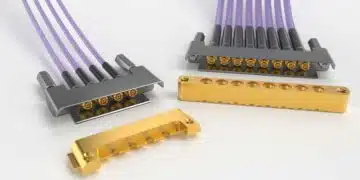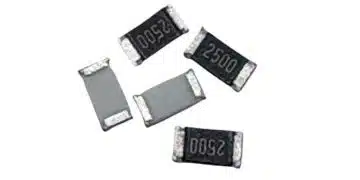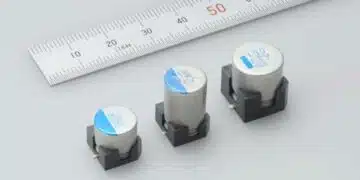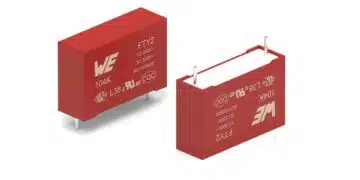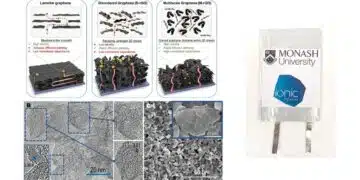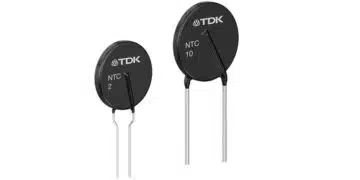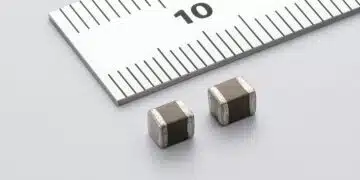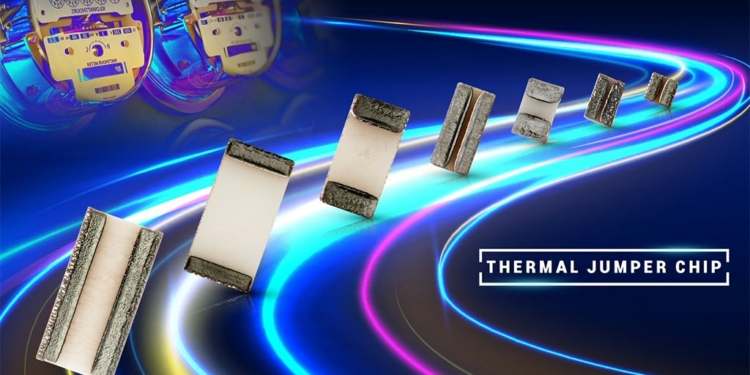Source: TT Electronics news
Woking, UK, April 24, 2019 – TT Electronics, a global provider of engineered electronics for performance critical applications, today announced the introduction of the TJC series thermal jumper chips, enabling circuit designers to manage temperature rise in compact power electronic assemblies.
These parts provide a thermally conductive pathway with electrical isolation for management of PCB hotspot areas. Aluminium nitride, which has nearly five times the thermal conductivity of alumina, is employed in the thermal jumper chip to keep compact electronic assemblies cooler which enhances product reliability.
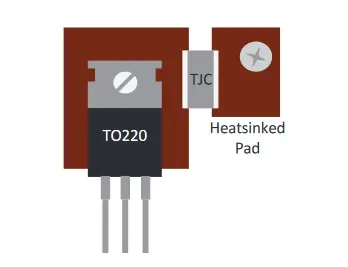
“There is a growing demand for compact high power assemblies that require board-level thermal management,” said Stephen Oxley, Senior Resistors Engineer, Applications and Marketing, TT Electronics. “TT is the only global resistor manufacturer offering this technology to tackle thermal instability in high power density designs.”
The TJC series boasts greater thermal conductivity than the equivalent footprint of 70µ copper, and therefore gives better thermal connection than an uninterrupted trace. The component’s compact mass and design (available in a case size as small as 0603) minimises PCB area and total assembly size and weight. These features are particularly suitable for power supplies, power amplifiers, RF amplifiers, and high power laser diode applications that may be found in the aerospace, medical, and industrial markets.



